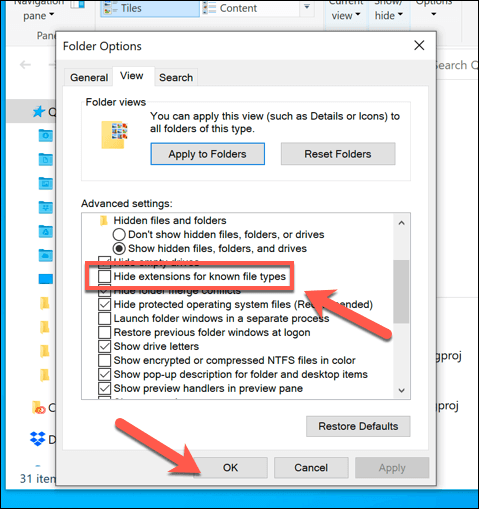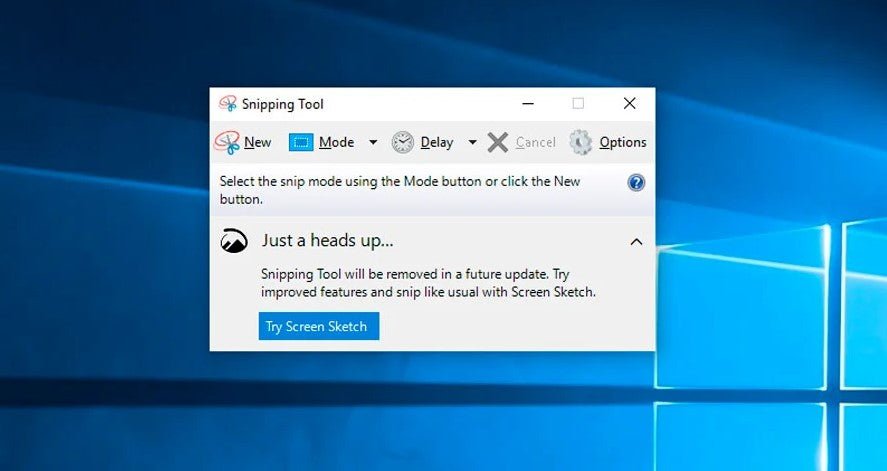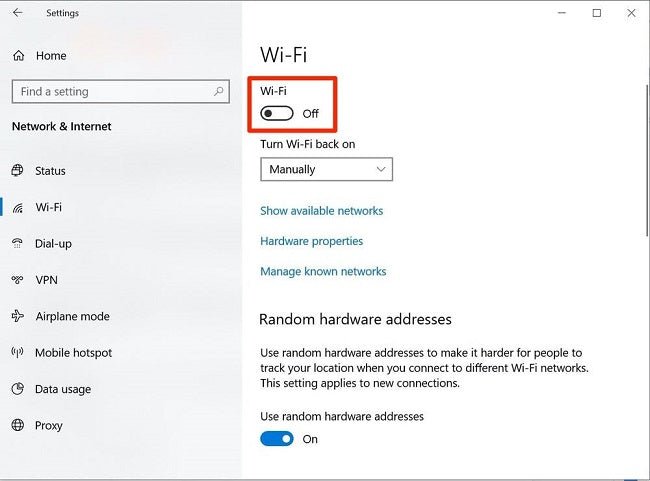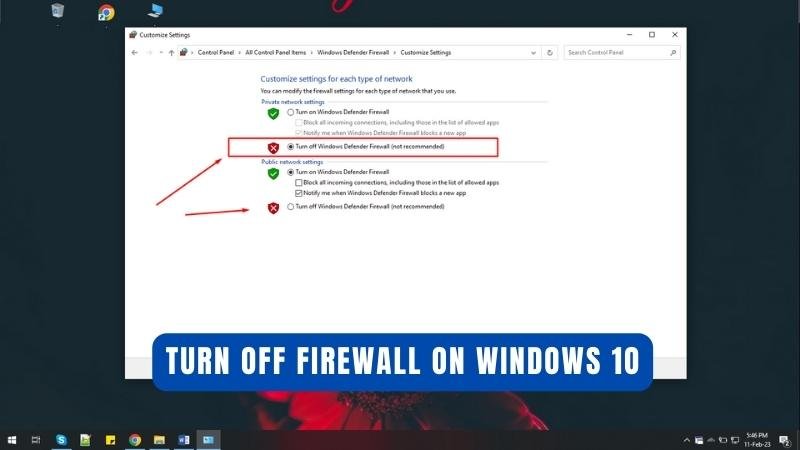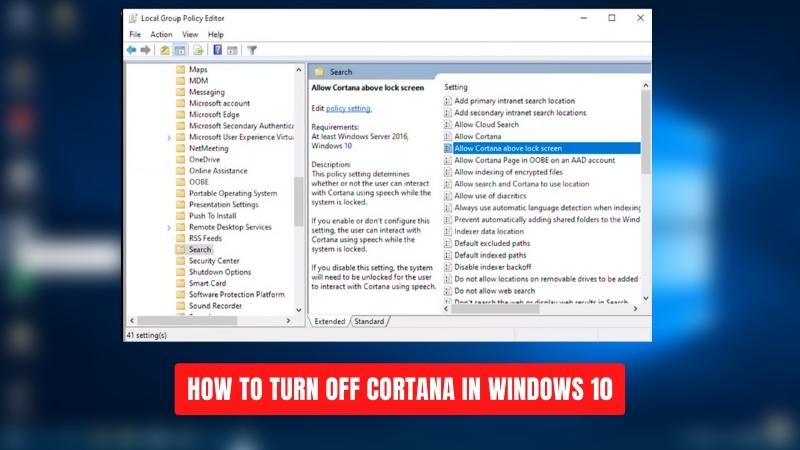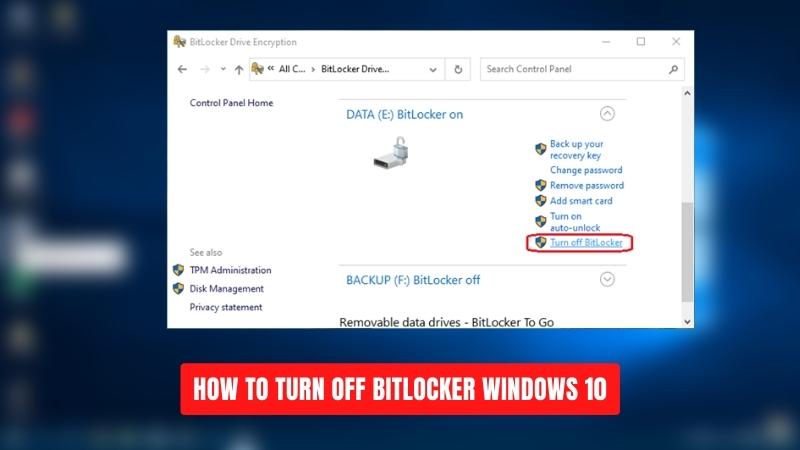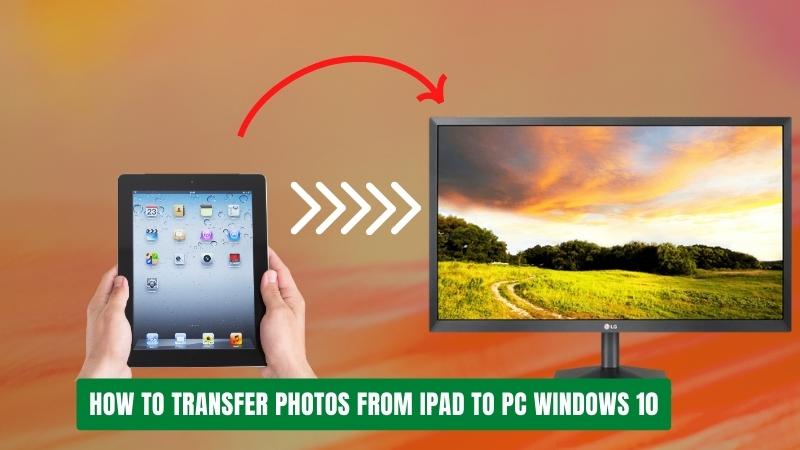
Where is Disk Management in Windows 7?
If you're looking to manage your hard drive and storage devices on Windows 7, then you've come to the right place. This article will show you exactly where Disk Management is located in Windows 7, and how to access it. With Disk Management, you can easily organize and manage your hard drive, create new partitions and volumes, and format your drives so that you can use them for different purposes.
So, if you're ready to take control of your hard drive, let's take a look at where Disk Management is in Windows 7!
Disk Management tool in Windows 7 can be found in the 'Control Panel' option. To access it, go to the 'Start' menu and then click on 'Control Panel'.
After the Control Panel window opens, select the 'System and Security' option. Then, select the 'Administrative Tools' option and double-click on 'Computer Management'. After the Computer Management window opens, select the 'Disk Management' option located in the left panel.
How to Access Disk Management in Windows 7
Disk Management is a vital tool in Windows 7 that allows users to manage their hard drive and other storage devices such as USB drives.

It is a valuable asset when it comes to troubleshooting and resolving system errors, performing various routine maintenance tasks, and much more. In this article, we will explain how to access Disk Management in Windows 7.
Via Start Menu
The easiest way to access Disk Management in Windows 7 is via the Start Menu. To access it, simply go to Start, type Disk Management into the search box, and select Create and Format Hard Disk Partitions from the results. This will open the Disk Management window, which will display all the storage devices connected to your computer.
Using Computer Management
Another way to access Disk Management in Windows 7 is by using the Computer Management utility. To open the Computer Management window, click Start and type Computer Management into the search box. When the Computer Management window appears, select Disk Management from the left pane. This will open the Disk Management window, which will display all the storage devices connected to your computer.
Using Command Prompt
The third way to access Disk Management in Windows 7 is by using the Command Prompt. To do this, open the Command Prompt by typing cmd into the search box and pressing Enter. In the Command Prompt, type diskmgmt.msc and press Enter. This will open the Disk Management window, which will display all the storage devices connected to your computer.
How to Use Disk Management in Windows 7
Once you have opened the Disk Management window, you will be able to perform a variety of tasks such as creating, formatting, and deleting partitions, and assigning drive letters to storage devices.
Creating Partitions
To create a new partition, right-click on an existing partition or unallocated space and select New Simple Volume. This will open the New Simple Volume Wizard, which will guide you through the process of creating a new partition.
Formatting Partitions
Once a partition is created, you can format it by right-clicking on it and selecting Format. This will open the Format window, which will allow you to select a file system and assign a label to the partition.
Deleting Partitions
You can delete an existing partition by right-clicking on it and selecting Delete Volume. This will delete the partition, and all data stored on it will be lost.
Assigning Drive Letters
You can assign a drive letter to a partition by right-clicking on it and selecting Change Drive Letter and Paths. This will open the Change Drive Letter and Paths window, which will allow you to assign a drive letter to the partition.
Frequently Asked Questions
1. What is Windows 7's Disk Management?
Disk Management is a utility in Windows 7 that allows users to configure storage devices, create and format partitions, and assign drive letters to partitions. It's an important tool for managing storage and making sure that your hard drive is organized correctly. It's also useful for troubleshooting disk-related problems.
2. How do I open Disk Management in Windows 7?
To open Disk Management in Windows 7, open the Start menu, type “diskmgmt.msc”, and then press Enter. This will open the Disk Management utility. You can also access Disk Management from the Control Panel.
3. What tasks can be performed in Disk Management?
In Disk Management, you can perform a number of tasks, including creating and formatting partitions, assigning drive letters to partitions, and converting between different types of storage devices. You can also use it to troubleshoot disk-related problems and check the health of your hard drive.
4. How do I create a partition in Disk Management?
To create a partition in Disk Management, right-click on the unallocated space on your hard drive and select “Create Partition” from the menu. You will then be prompted to enter the size and type of the partition you want to create.
5. How do I format a partition in Disk Management?
To format a partition in Disk Management, right-click on the partition you want to format and select “Format” from the menu. You will then be prompted to select the file system you want to use for the partition. You can also choose to perform a quick or full format.
6. How do I assign a drive letter to a partition in Disk Management?
To assign a drive letter to a partition in Disk Management, right-click on the partition and select “Change Drive Letter and Paths” from the menu. You will then be prompted to select the drive letter you want to assign to the partition.
Disk Management in Windows 7 can be found by clicking on the Start Menu, selecting My Computer, right-clicking on Computer and then selecting Manage. From there, the Disk Management tool can be opened to help manage the hard drive, create partitions, and format drives.
With Disk Management, users can quickly and easily manage their hard drive and keep everything running smoothly.
Conclusion
Disk Management is a powerful tool in Windows 7 that allows users to manage their hard drive and other storage devices. It can be accessed via the Start Menu, Computer Management, or the Command Prompt.
Once the Disk Management window is opened, users can perform a variety of tasks such as creating, formatting, and deleting partitions, and assigning drive letters to storage devices.

